Home>Garden Essentials>What Is A Seed?
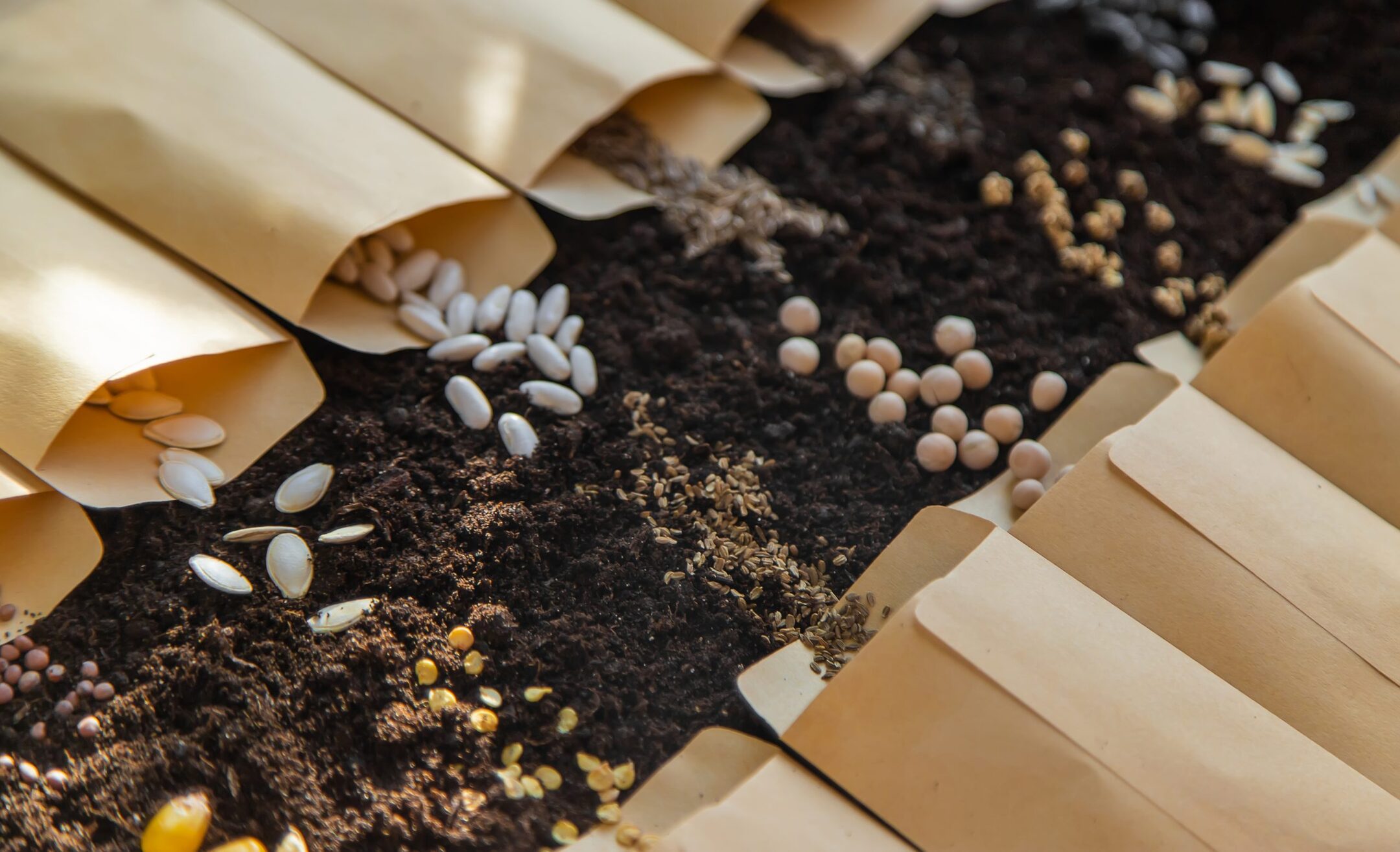

Garden Essentials
What Is A Seed?
Modified: August 20, 2024
Discover the basics of gardening with seeds. Learn what seeds are and how they play a vital role in your garden's success. Explore the wonders of growing and nurturing plants from seed.
(Many of the links in this article redirect to a specific reviewed product. Your purchase of these products through affiliate links helps to generate commission for Storables.com, at no extra cost. Learn more)
Introduction
Welcome to the fascinating world of seeds! Seeds are the foundation of the incredible diversity and growth we see in the plant kingdom. They serve as the starting point for the life cycle of a plant, containing all the genetic information needed for future growth and development.
In this article, we will explore the definition of a seed, its structure and anatomy, the process of seed germination, and the important role seeds play in the life cycle of plants. We will also delve into the various types of seeds, their dispersal mechanisms, factors affecting seed viability, and how humans utilize seeds in gardening, agriculture, and other industries.
So, let’s embark on this journey and uncover the secrets of these tiny powerhouses of life! Whether you are a gardening enthusiast, a biology student, or simply curious about the natural world, this article will provide you with a comprehensive understanding of seeds and their importance.
Get ready to discover the wonders of seeds as we dive into their fascinating world!
Key Takeaways:
- Seeds are like tiny powerhouses of life, containing all the genetic information needed for plant growth. They come in various types and play a crucial role in reproduction, dispersal, and biodiversity conservation.
- Seed viability and successful germination are influenced by factors like maturity, moisture, temperature, and dormancy. Understanding and managing these factors are vital for healthy plant propagation and growth.
Read more: What Is Germinate
Definition of a Seed
A seed is the reproductive structure of a plant that contains an embryo, surrounded by a protective covering. It is formed after the fertilization of a plant’s ovule, and its main function is to ensure the survival and dispersal of the plant species.
Seeds come in various shapes, sizes, and colors, depending on the plant species. Each seed is unique and contains all the necessary genetic information to produce a new plant. They are often described as nature’s encapsulated miracles, as they package essential nutrients, growth factors, and protective layers to safeguard the plant embryo.
Inside a seed, you will find three main parts: the embryo, endosperm, and seed coat. The embryo is the miniature version of the plant, consisting of a tiny root called the radicle, one or two cotyledons (embryonic leaves), and a shoot tip known as the plumule. The endosperm is a nutritive tissue that provides nourishment to the developing embryo. The seed coat, also known as the testa, is the outer protective layer that shields the embryo from external threats such as moisture, pests, and extreme temperatures.
Seeds are typically produced by flowering plants (angiosperms) and gymnosperms, such as conifers and cycads. However, some non-flowering plants, like ferns and mosses, also reproduce through spore production, which is similar to seed formation.
While seeds are commonly associated with the reproductive cycle of plants, they are also of immense importance to humans and countless other organisms. Seeds serve as a vital source of food, oil, fibers, and medicinal compounds. They also play a critical role in reforestation efforts, ecosystem restoration, and biodiversity conservation.
In the next sections, we will explore the intricate structure and anatomy of seeds and gain a better understanding of their significance in the plant kingdom.
Structure and Anatomy of a Seed
Seeds exhibit a remarkable diversity in their structure and anatomy, but they all share a common purpose – to protect and nurture the plant embryo until it is ready to germinate and establish itself as a new individual.
Let’s delve into the different components that make up the structure of a seed:
- Seed Coat: The outermost layer of a seed is known as the seed coat or testa. It acts as a protective barrier, shielding the delicate embryo from physical damage, pathogens, and dehydration. The seed coat can vary in thickness, texture, and color, depending on the plant species. Some seeds have a hard seed coat, while others have a thin and papery coat.
- Embryo: The embryo is the miniature plant that is enclosed within the seed. It is composed of several key parts, including:
- Radicle: The radicle is the embryonic root of the plant. It is the first structure that emerges during germination and anchors the plant into the soil, absorbing water and nutrients.
- Cotyledons: Cotyledons are embryonic leaves that provide nutrients to the developing plant until it can perform photosynthesis on its own. Seeds can have one or two cotyledons, and the number of cotyledons is used to classify plants as monocots (one cotyledon) or dicots (two cotyledons).
- Plumule: The plumule is the shoot tip of the embryo. It contains the embryonic stem and the first true leaves that will emerge after germination. The plumule is responsible for the upward growth of the plant.
- Endosperm: Not all seeds have endosperm, but when present, it serves as a source of stored nutrients for the developing embryo. It is a triploid tissue that surrounds the embryo and provides carbohydrates, proteins, and lipids to fuel early growth.
- Hilum: The hilum is a small scar on the seed coat where it was attached to the ovary wall. It is the point of attachment for the seed to the seed pod or fruit.
- Micropyle: The micropyle is a small pore or opening in the seed coat. It allows water and gases to enter the seed, promoting germination.
The structure and anatomy of a seed are intricately designed to protect and support the developing plant embryo. The seed coat offers physical protection, while the embryo and endosperm provide the essential nutrients and genetic material necessary for germination and early growth.
Now that we have explored the structure and anatomy of seeds, let’s move on to understanding the various types of seeds and their unique characteristics.
Types of Seeds
Seeds come in a wide variety of shapes, sizes, and adaptations, each suited to the specific needs and environments of different plant species. Let’s explore some of the common types of seeds:
- Orthodox Seeds: Orthodox seeds are the most common type of seed found in plants. They have the ability to withstand desiccation (drying out) and can remain dormant for extended periods. These seeds have a low moisture content and can tolerate freezing temperatures, making them well-suited for long-distance dispersal and survival in diverse climates.
- Recalcitrant Seeds: Unlike orthodox seeds, recalcitrant seeds cannot tolerate desiccation and lose viability if they are allowed to dry out. These seeds have a high moisture content and are found primarily in tropical plants. Recalcitrant seeds are typically short-lived and need to be planted or stored under specific conditions to remain viable.
- Epigeal Seeds: Epigeal seeds, also known as cotyledonary or hypogeal seeds, have cotyledons that emerge above the soil surface during germination. The cotyledons serve as the primary energy source for the seedling until it can photosynthesize. Examples of plants with epigeal seeds include beans, peas, and sunflowers.
- Hypogeal Seeds: Hypogeal seeds have cotyledons that remain below the soil surface during germination. The cotyledons stay within the seed coat and do not emerge above ground. The embryo utilizes the stored nutrients from the endosperm to support early growth. Examples of plants with hypogeal seeds include corn, wheat, and rice.
- Wind-Dispersed Seeds: Some seeds have adaptations that allow them to be dispersed by the wind. These seeds are lightweight, often with structures like wings or feathery appendages that help them catch the wind and carry them over long distances. Dandelion seeds and maple samaras are classic examples of wind-dispersed seeds.
- Animal-Dispersed Seeds: Many seeds have evolved to be dispersed through the digestive systems of animals. These seeds are often enclosed in fleshy fruits or have sticky coatings that adhere to animal fur or feathers. As the animal moves, the seeds are transported to new locations. Examples of plants with animal-dispersed seeds include berries, apples, and acorns.
- Water-Dispersed Seeds: Some plants have seeds that are adapted for dispersal by water. These seeds are typically buoyant, often with fibrous or air-filled structures that help them float. They are carried away by water currents and can be deposited in new areas, allowing for colonization of different habitats. Examples of plants with water-dispersed seeds include coconuts and water lilies.
These are just a few examples of the diverse types of seeds found in the plant world. Each type of seed has evolved unique characteristics and adaptations to ensure successful dispersal, survival, and germination in their respective environments.
Now that we have explored the different types of seeds, let’s move on to understanding the fascinating process of seed germination.
Seed Germination
Seed germination is a crucial stage in the life cycle of a plant, marking the beginning of its growth and development. It is the process by which a seed transforms into a seedling, capable of photosynthesis and independent survival.
Germination requires specific environmental conditions, including moisture, oxygen, and a favorable temperature range. Let’s dive into the steps involved in seed germination:
- Imbibition: Germination begins with the absorption of water by the seed, a process known as imbibition. Water penetrates the seed coat, rehydrating the tissues and activating metabolic activities.
- Activation of Enzymes: Imbibed water triggers the activation of enzymes within the seed. These enzymes break down complex substances, such as starch and proteins, into simple sugars and amino acids that serve as energy sources for the growing embryo.
- Radicle Emergence: Once sufficient water and internal metabolic processes are activated, the radicle, the embryonic root, emerges from the seed. It elongates and grows downwards, anchoring the seedling in the soil and absorbing water and nutrients from the surrounding environment.
- Cotyledon or Plumule Emergence: After the radicle emerges, the cotyledons or the plumule (depending on the type of seed) start to grow. Cotyledons serve as the primary source of stored nutrients, while the plumule develops into the shoot system of the plant.
- Photosynthesis and Leaf Expansion: Once the cotyledons or plumule emerge from the soil, they start to photosynthesize and produce energy for further growth. As the seedling continues to develop, the true leaves expand, allowing for increased photosynthetic activity.
- Establishment of the Seedling: With the emergence of the root system and shoot system, the seedling establishes itself and continues to grow, eventually developing into a mature plant.
It’s important to note that seeds have specific requirements for optimal germination. Some seeds may require stratification, a period of exposure to cold temperatures, to break their dormancy and initiate germination. Others may require scarification, where the seed coat is scratched or scarred to allow water absorption. These adaptations ensure that seeds germinate under suitable conditions and at the appropriate time for their survival.
Seed germination is a remarkable process that transforms a dormant seed into a vibrant, growing seedling. It is nature’s way of ensuring the continuation of plant species and the regeneration of ecosystems.
Next, let’s explore the importance and role of seeds in the life cycle of plants.
When planting seeds, make sure to follow the instructions on the seed packet for proper depth, spacing, and watering. Different seeds have different requirements for successful germination and growth.
Read more: What Is A Rapeseed
Importance and Role of Seeds in Plant Life
Seeds play a crucial role in the life cycle and survival of plants. They serve as a means of reproduction, dispersal, and survival in diverse environments. Let’s explore the importance of seeds in plant life:
- Reproduction: Seeds are the primary means of plant reproduction. They contain the genetic material necessary for the development of a new plant. When a seed germinates, it gives rise to a seedling, which grows into a mature plant capable of producing its own seeds, completing the life cycle.
- Dispersal: Seeds have developed various adaptations for dispersal, ensuring the colonization of new habitats and the survival of plant species. Seeds may be dispersed by wind, animals, water, or other mechanisms. This dispersal allows plants to expand their range, avoid competition for resources, and establish populations in diverse ecosystems.
- Genetic Variation: Seeds contribute to genetic diversity within plant populations. Through the process of sexual reproduction, seeds are produced by the fusion of genetic material from two parent plants. This genetic variation increases a plant species’ ability to adapt to changing environmental conditions, resist diseases, and respond to natural selection pressures.
- Seed Dormancy: Dormancy is a survival mechanism in which seeds enter a state of reduced metabolic activity and delay germination until conditions are favorable for growth. Dormant seeds can remain viable for extended periods and can withstand harsh environmental conditions, such as extreme temperatures or drought. This allows plants to disperse their seeds over time and ensure that germination occurs in the most suitable conditions.
- Storage of Nutrients: Seeds are an excellent source of nutrients, providing a reserve for the developing embryo during germination. The endosperm, cotyledons, or other parts of the seed contain stored carbohydrates, proteins, and lipids that fuel the early growth and establishment of the seedling until it can photosynthesize and acquire its nutrients from the environment.
- Ecological Importance: Seeds play a vital role in maintaining and restoring ecosystems. They provide food and habitat for a wide range of organisms, including insects, birds, and mammals. Seeds also promote reforestation and regeneration of disturbed areas by allowing plants to establish and restore biodiversity.
Seeds are remarkable structures that ensure the survival and perpetuation of plant species. They embody the potential for growth, adaptation, and the continuation of life itself. Without seeds, the incredible diversity and beauty of plants that we witness in nature would not be possible.
Now that we understand the importance of seeds in plant life, let’s explore the mechanisms by which seeds are dispersed in the environment.
Seed Dispersal Mechanisms
Seed dispersal is a critical process that allows plants to spread their offspring to new areas, ensuring the survival and colonization of different habitats. Plants have evolved a variety of sophisticated mechanisms for dispersing their seeds. Let’s explore some of the common seed dispersal methods:
- Wind Dispersal: Seeds adapted for wind dispersal are lightweight and equipped with structures that enable them to be carried by air currents. These structures can include wings, hairs, or feathery appendages that help the seed stay aloft and travel long distances. Examples of wind-dispersed seeds include those of dandelions, maples, and daisies.
- Animal Dispersal: Many plants rely on animals for seed dispersal. Some seeds have adaptations that attract animals, such as brightly colored fruits or fleshy coverings, enticing them to eat the fruits and inadvertently disperse the seeds through their feces. Other seeds have structures that stick to the fur or feathers of animals, allowing them to be transported to new locations. Examples of animal-dispersed seeds include acorns, berries, and seeds with barbs or hooks.
- Water Dispersal: Seeds that are adapted for water dispersal are buoyant or have flotation devices that allow them to float on water. They are carried away by water currents and can be deposited in new areas, helping plants colonize and establish populations in aquatic or riparian environments. Examples include coconuts and water lilies.
- Explosive Dispersal: Some plant species have evolved mechanisms to disperse their seeds using explosive force. These seeds are contained within capsules or fruits that, when mature, undergo rapid drying or sudden changes in turgor pressure. This causes the fruits to burst open, launching the seeds into the surrounding area. Examples of plants with explosive dispersal mechanisms include the touch-me-not plant (Impatiens) and witch hazel.
- Gravity Dispersal: Certain seeds rely on gravity as their primary dispersal mechanism. These seeds typically have heavy structures that can detach or drop from the parent plant and fall to the ground below. They may be dispersed a short distance from the parent plant or simply roll down slopes. Examples include nuts, large seeds, and fruits that fall from trees.
- Ant Dispersal: Some plants have developed a fascinating strategy to disperse their seeds through interactions with ants. These seeds have specialized structures called elaiosomes that are rich in lipids and proteins. Ants are attracted to these elaiosomes and carry the seeds back to their nests. The ants feed on the elaiosomes, and in the process, discard the intact seeds in nutrient-rich waste piles, providing an ideal environment for seed germination and seedling establishment.
Seed dispersal mechanisms are an ingenious suite of adaptations that ensure the widespread distribution of plant species. By dispersing their seeds to different locations, plants increase their chances of survival, establish new populations, and maintain genetic diversity.
Now that we understand how seeds are dispersed, let’s explore the factors that affect seed viability and their ability to germinate successfully.
Factors Affecting Seed Viability
Seed viability refers to a seed’s ability to germinate and produce a healthy seedling. Several factors can influence seed viability, either positively or negatively. Understanding these factors is crucial for successful seed germination and plant propagation. Let’s explore some of the key factors that affect seed viability:
- Seed Maturity: Seeds must reach a certain level of maturity before they can germinate. Harvesting seeds too early or too late can affect their viability. It is important to allow seeds to fully mature on the parent plant or in the seed pod, ensuring that they have accumulated enough nutrients and are physiologically ready for germination.
- Moisture Content: The moisture content of a seed is crucial for maintaining its viability. Seeds that are too dry or too moist can lose their ability to germinate. Too much moisture can lead to fungal or bacterial infections, while insufficient moisture may prevent the activation of metabolic processes needed for germination. Proper storage conditions, such as maintaining a consistent level of humidity, are necessary to preserve seed viability.
- Temperature: Temperature influences seed dormancy and germination. Different plant species have specific temperature requirements for optimal germination. Some seeds require cold stratification or exposure to fluctuating temperatures to break dormancy. Others need warmth to stimulate germination. Extreme temperatures, either too high or too low, can damage seeds and reduce their viability.
- Light Conditions: Light requirements for germination vary among plant species. Some seeds require exposure to light for germination, while others need darkness. The presence or absence of light can trigger specific physiological processes in seeds. Providing the appropriate light conditions for the specific seed species is essential to maximize seed viability.
- Presence of Dormancy Mechanisms: Dormancy is a natural state of seed quiescence that prevents immediate germination. Dormancy mechanisms vary among plant species and can include physical dormancy (hard seed coat), chemical inhibitors, or physiological factors. Adequate understanding of a seed species’ dormancy requirements and appropriate pre-germination treatments, such as scarification or stratification, can break dormancy and improve seed viability.
- Seed Age: As seeds age, their viability gradually decreases. The rate of viability loss depends on the plant species and seed storage conditions. Longer storage periods, exposure to unfavorable environments, or improper seed handling practices can significantly reduce seed viability. Freshly harvested seeds tend to have higher viability rates than older seeds.
- Pest and Pathogen Infestation: Seeds are susceptible to pests, such as insects and rodents, as well as pathogenic infections, including fungal, bacterial, or viral diseases. Infestations can damage seeds, leading to reduced viability. Proper seed storage techniques, such as using pest-proof containers and ensuring good airflow, help prevent pest and pathogen infestation.
By considering and managing these factors, gardeners, farmers, and researchers can optimize seed viability and increase the success of seed germination. It is essential to provide optimal conditions for each specific seed species to ensure healthy seedling establishment and promote successful plant growth.
Now that we have explored the factors affecting seed viability, let’s dive into the varied ways in which humans utilize seeds in gardening, agriculture, and other industries.
Human Use of Seeds
Seeds have immense value to humans and have been utilized for various purposes throughout history. From agriculture to industry, seeds play an integral role in providing food, resources, and economic opportunities. Let’s explore some of the ways in which humans utilize seeds:
- Food Production: Seeds form the foundation of our food production systems. Crops such as grains, fruits, vegetables, legumes, and nuts are grown from seeds. These seeds provide us with essential nutrients, vitamins, and minerals, forming the basis of a healthy diet. Through selective breeding and genetic modification, humans have been able to enhance crop characteristics and increase food production to meet the demands of a growing population.
- Gardening and Horticulture: Gardeners and horticulturists rely on seeds to grow a wide variety of plants for ornamental purposes, landscaping, and personal enjoyment. By selecting and sowing specific seeds, gardeners can create beautiful gardens, grow unique plant varieties, and propagate plants for conservation or aesthetic purposes.
- Medicinal Applications: Seeds are a significant source of medicinal compounds. Many plants have seeds that contain phytochemicals with medicinal properties. Medicinal seeds, such as flaxseeds, poppy seeds, or sesame seeds, are used in traditional medicine and pharmaceutical industries to produce drugs and supplements that promote health and treat various ailments.
- Oil Production: Numerous seeds are rich in oils, which have diverse applications in the culinary, cosmetic, and industrial sectors. Seeds like soybeans, sunflower seeds, and rapeseeds are crushed or pressed to extract oil. These oils are used for cooking, salad dressings, soaps, lotions, biofuels, and numerous industrial processes.
- Animal Feed: Seeds and their by-products, such as seed cakes or meal, are valuable sources of animal feed. Seeds like corn, soybeans, and alfalfa are processed into feeds to provide essential nutrients to livestock, poultry, and aquaculture. These nutritious seed-based feeds contribute to the health and productivity of animals in the agricultural industry.
- Seed Banks and Conservation: Seed banks are established to preserve the genetic diversity of plants for future generations. These repositories store and maintain a wide range of plant seeds, including endangered and rare species. Seed banks play a critical role in conservation efforts, ensuring the preservation of plant genetic resources, and acting as a safeguard against loss of biodiversity due to habitat destruction or climate change.
- Industrial Applications: Seeds have several industrial applications. Cotton seeds are used in the textile industry to produce fibers for clothing and other textiles. Seeds like flaxseeds are used to make fabrics, paper, and bioplastics. Additionally, some seeds are processed to extract gums, resins, or dyes that are utilized in various industrial processes.
The utilization of seeds extends far beyond their role in plant propagation. They provide sustenance, resources, and economic opportunities for individuals and communities worldwide. With ongoing research and advancements in seed technology, humans continue to discover new applications and benefits of seeds in various industries.
Now that we have explored the diverse uses of seeds, let’s conclude our journey through the world of seeds.
Read more: What Are Seeds
Conclusion
Seeds are remarkable entities that hold the promise of life and growth. They are not just static, dormant structures but powerful vessels of genetic information, resilience, and adaptation. Throughout this article, we have explored the definition of a seed, its structure and anatomy, the process of germination, and the vital role seeds play in the life cycle of plants.
Seeds come in a wide array of shapes, sizes, and adaptations, enabling them to disperse, establish new populations, and contribute to the biodiversity of our planet. Wind, animals, water, and other mechanisms facilitate the dispersal of seeds, ensuring their distribution to different habitats.
Throughout history, humans have recognized and harnessed the importance of seeds. We rely on seeds for food production, gardening, medicinal applications, oil production, animal feed, and various industrial processes. Seeds are not only crucial for sustenance but also play a vital role in genetic conservation, as evidenced by the establishment of seed banks.
However, seed viability and successful germination are influenced by several factors, including seed maturity, moisture content, temperature, and the presence of dormancy mechanisms. Understanding and managing these factors are vital for ensuring optimal seed viability and successful plant propagation.
As we conclude our journey through the world of seeds, let us reflect on the fascinating intricacies and significance of these tiny powerhouses in the plant kingdom. Seeds possess the incredible ability to transform into vibrant, growing seedlings, fueling the cycle of life and the continuation of plant species.
So, the next time you admire the beauty of a blooming flower or savor the taste of a delicious fruit, remember the essential role that seeds played in making it all possible. Seeds are the embodiment of nature’s determination, diversity, and resilience, reminding us of the interconnectedness of all living things.
Now, armed with a deeper understanding of seeds, let us cherish, protect, and harness their potential to cultivate a greener, more sustainable future for generations to come.
Frequently Asked Questions about What Is A Seed?
Was this page helpful?
At Storables.com, we guarantee accurate and reliable information. Our content, validated by Expert Board Contributors, is crafted following stringent Editorial Policies. We're committed to providing you with well-researched, expert-backed insights for all your informational needs.
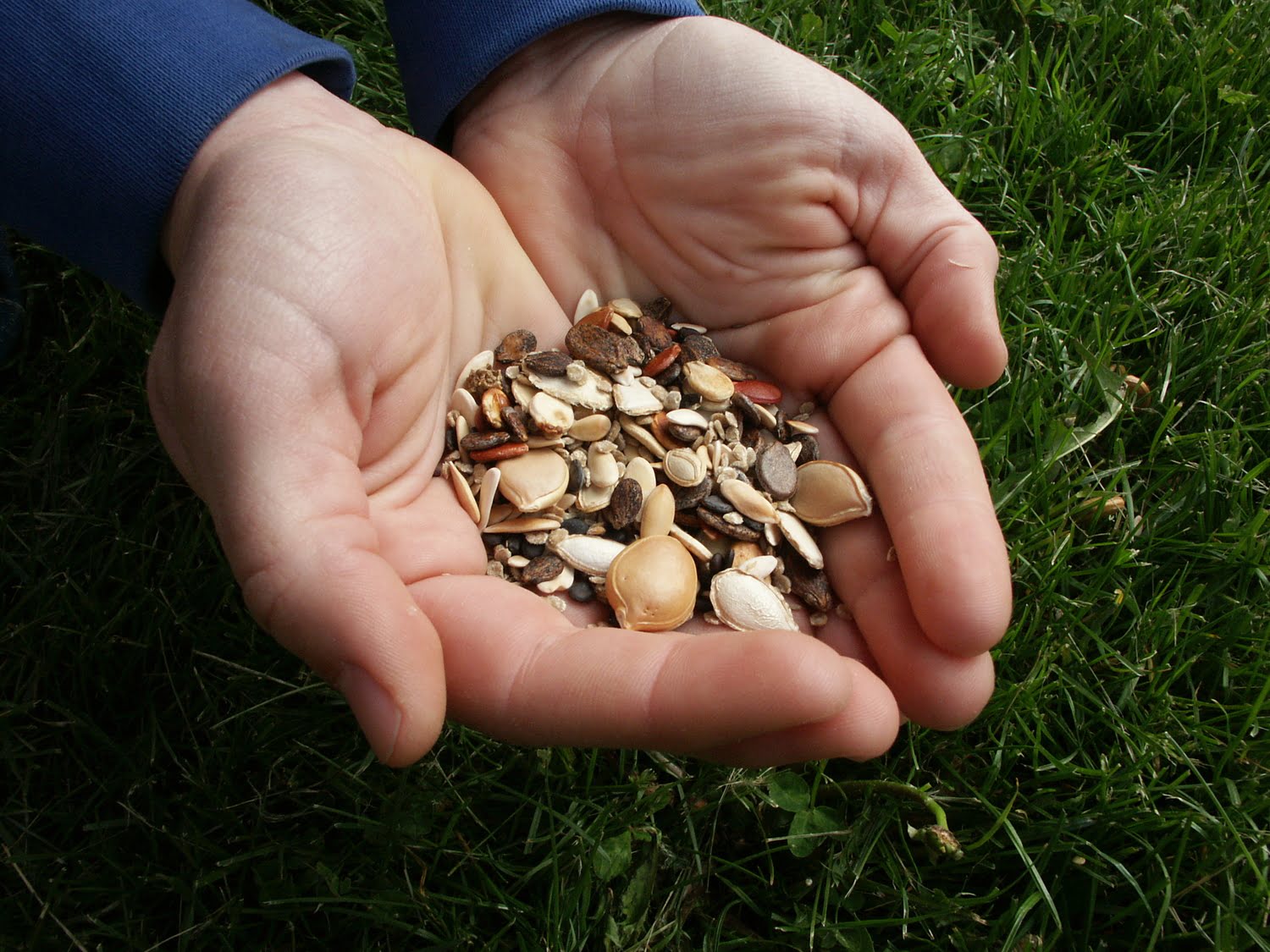
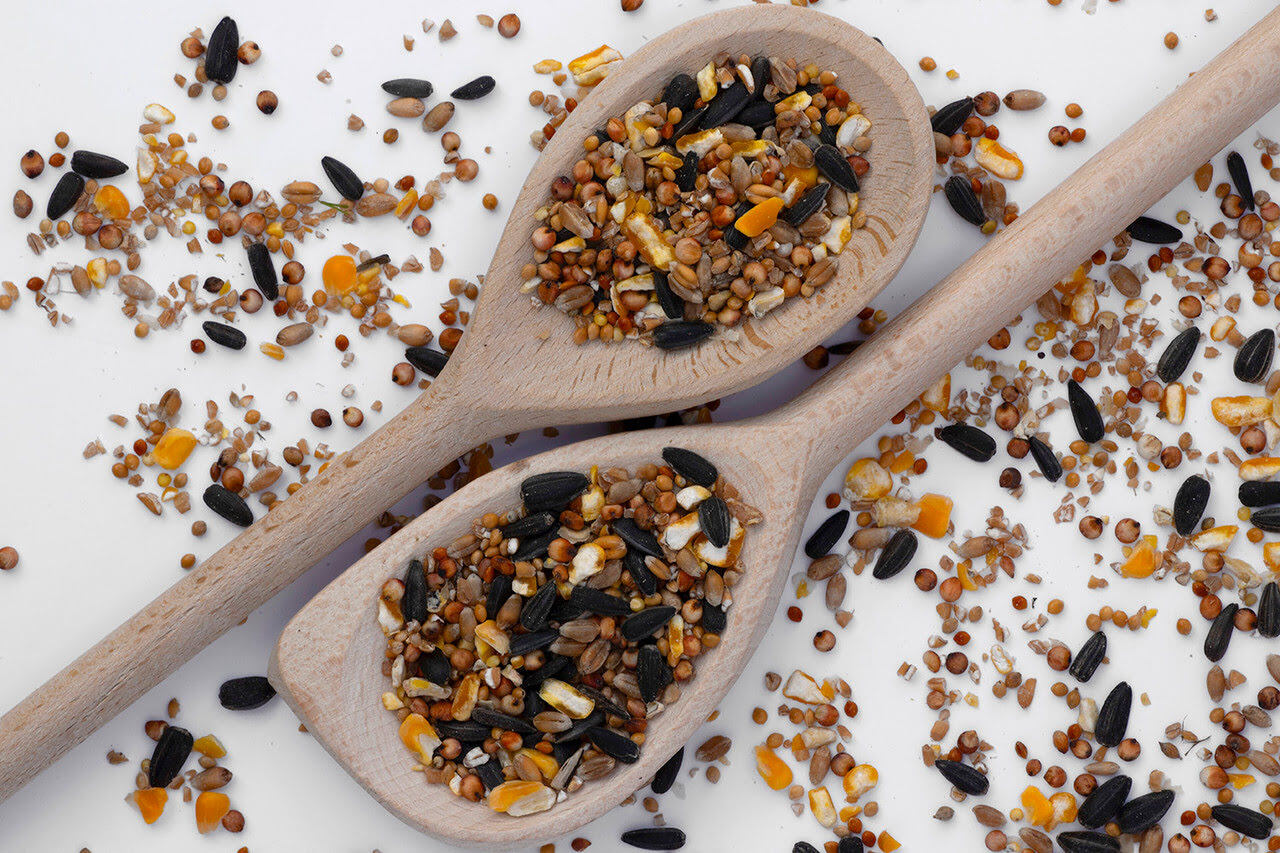
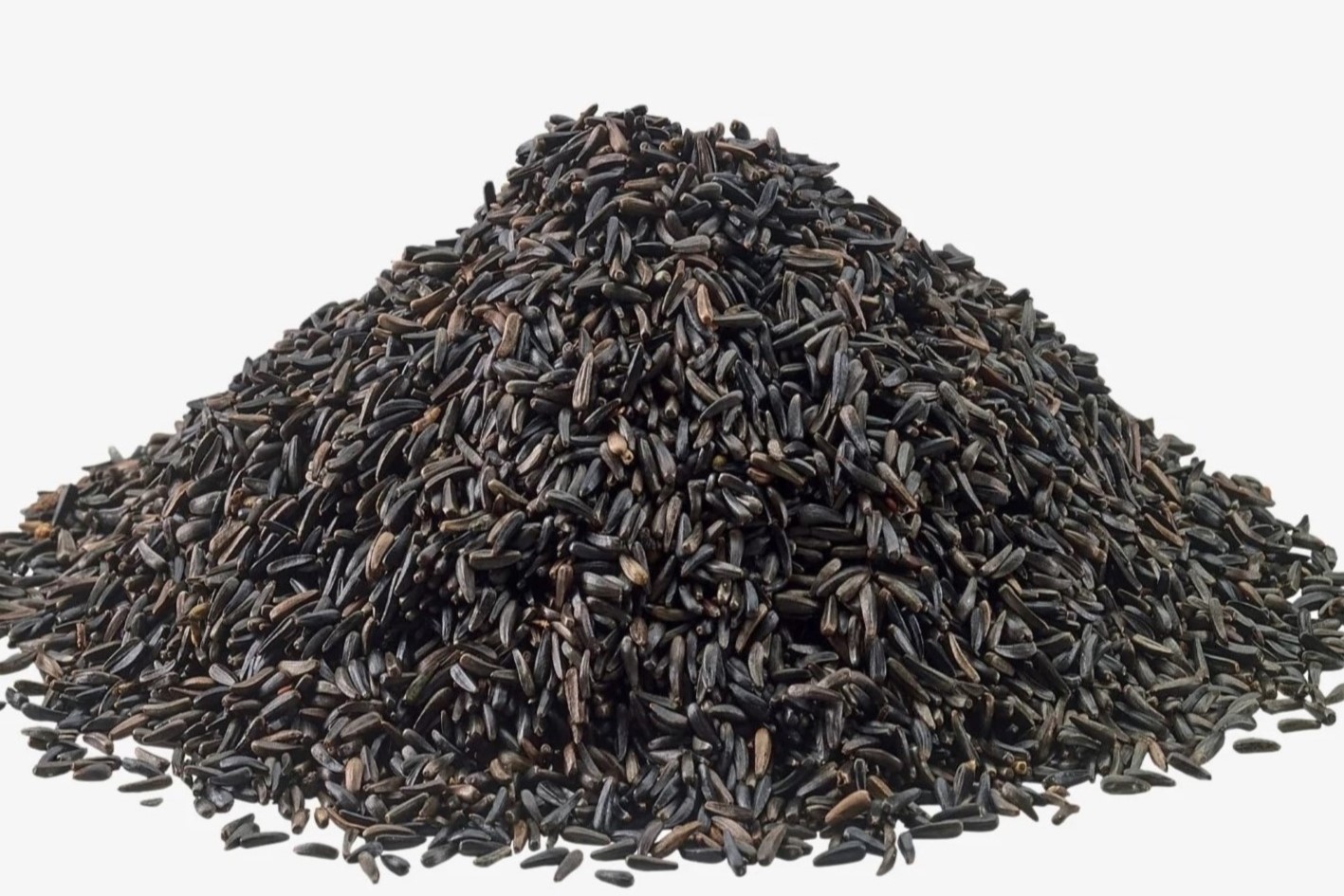
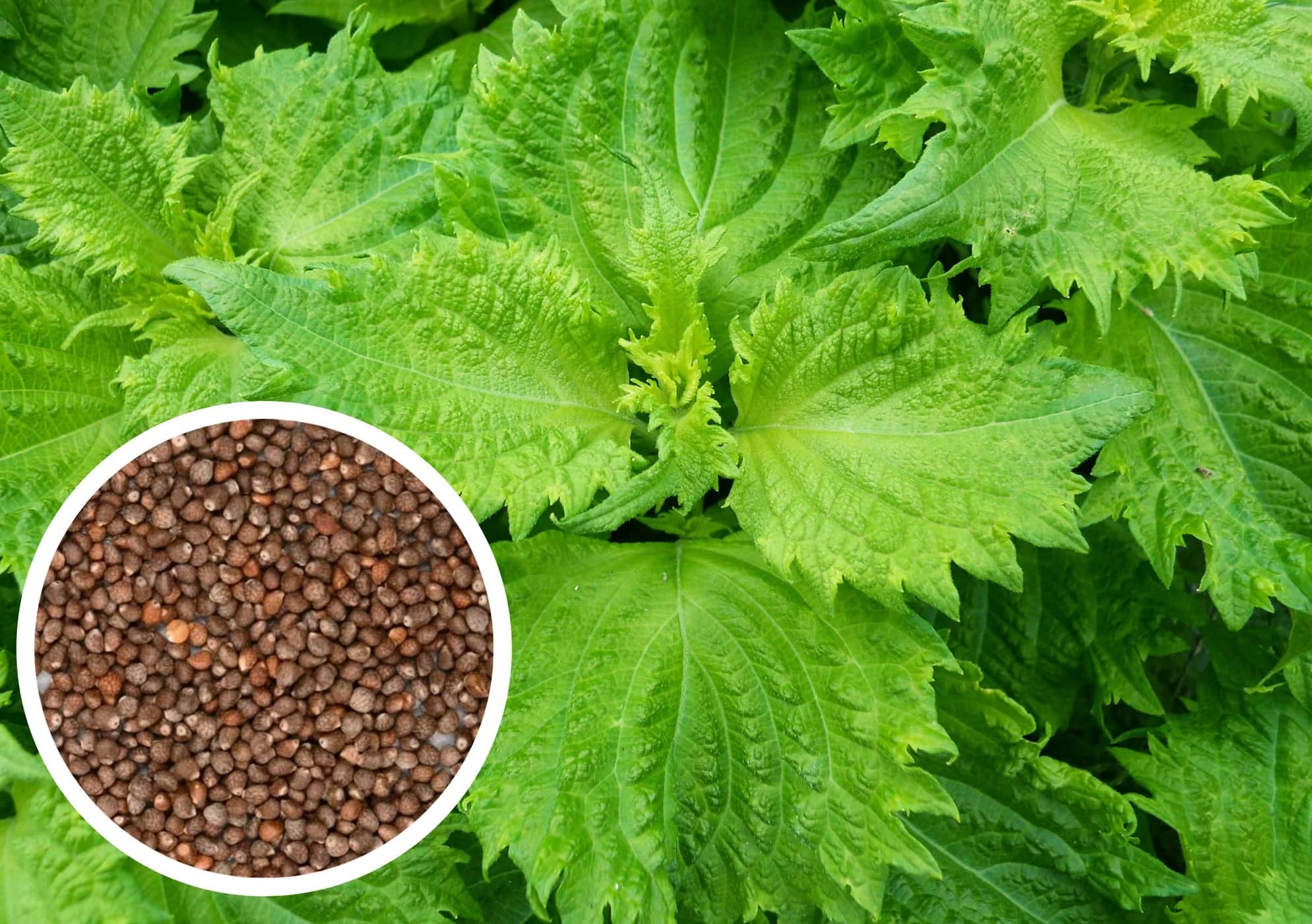
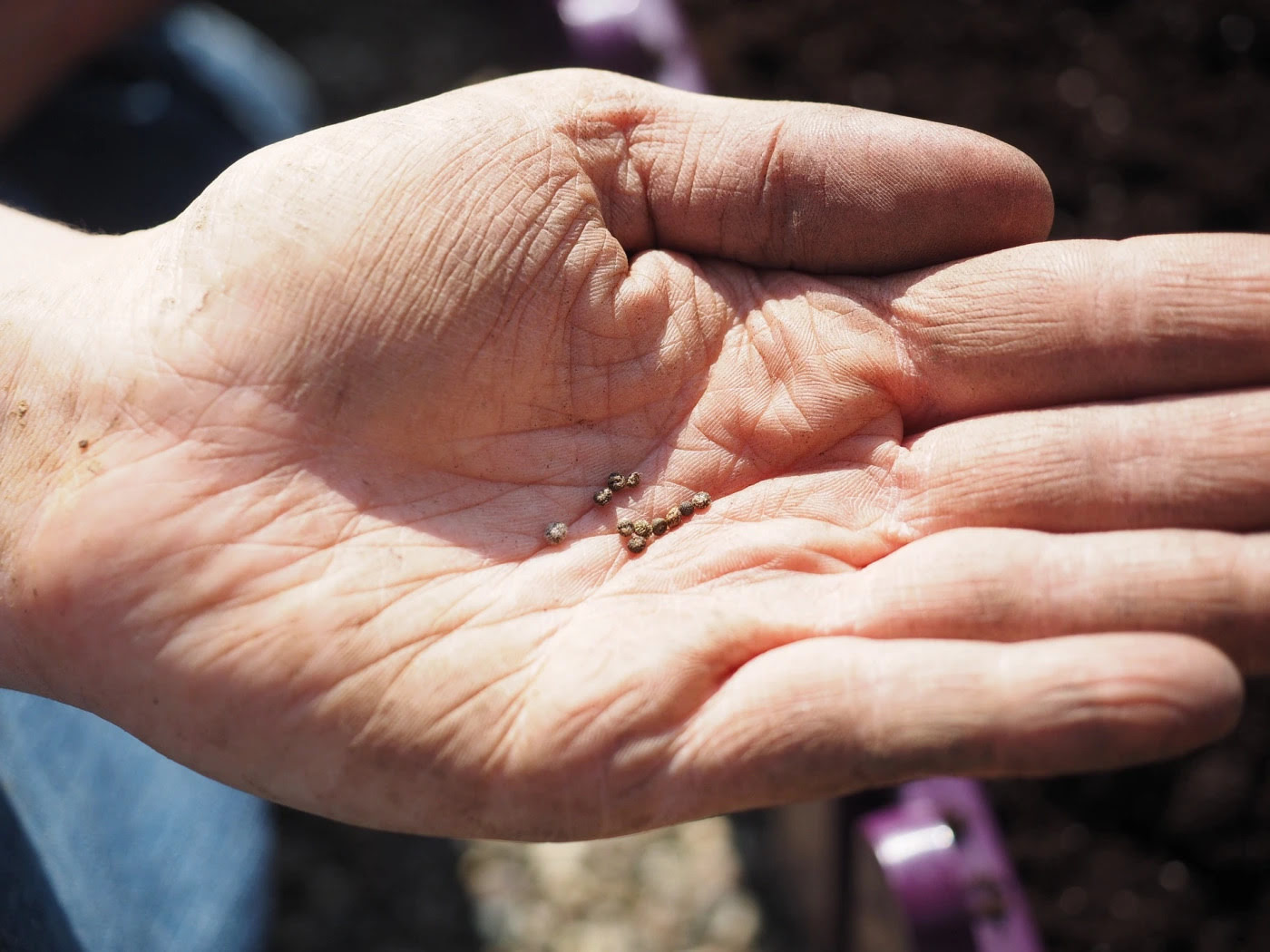
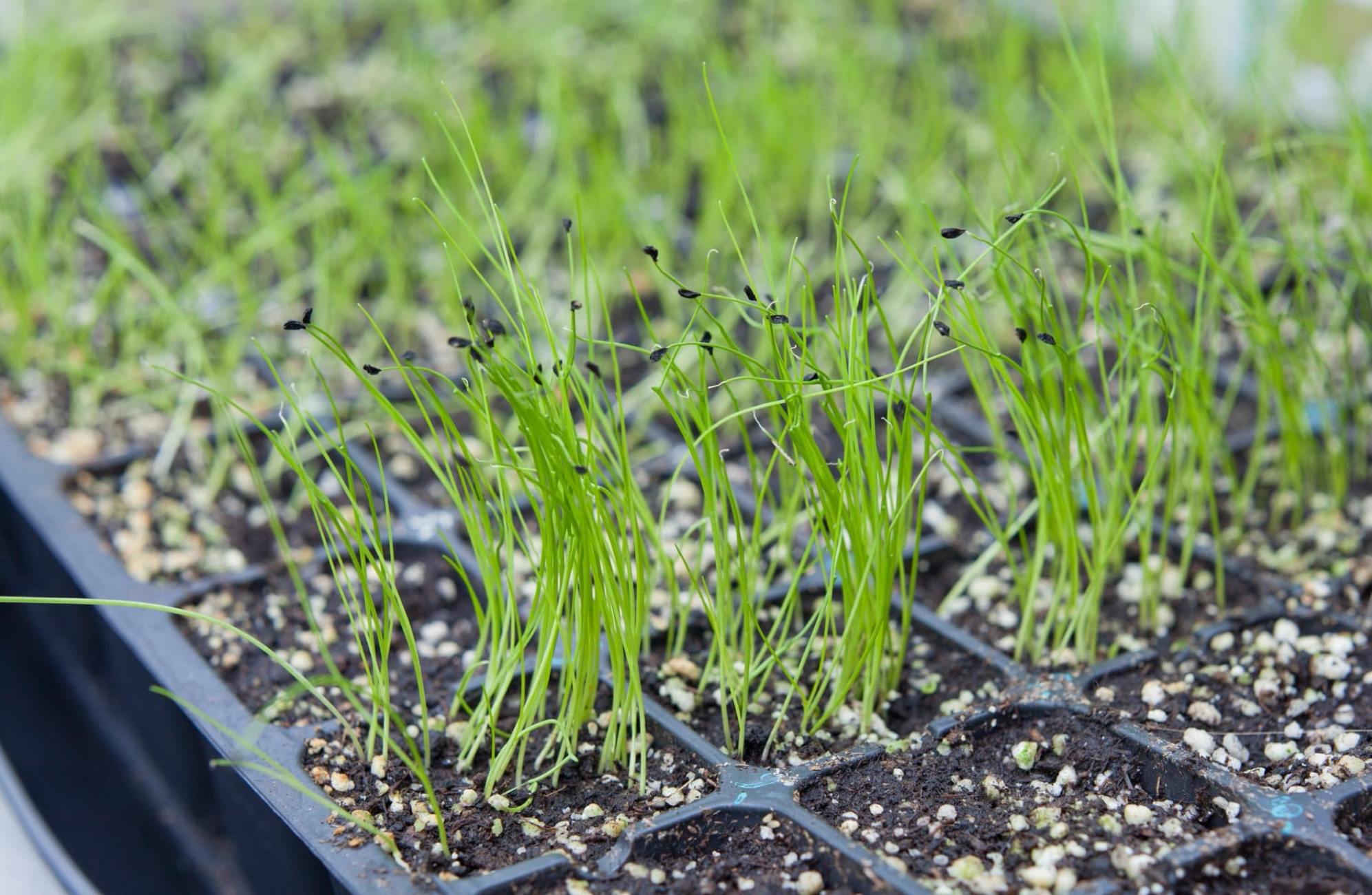
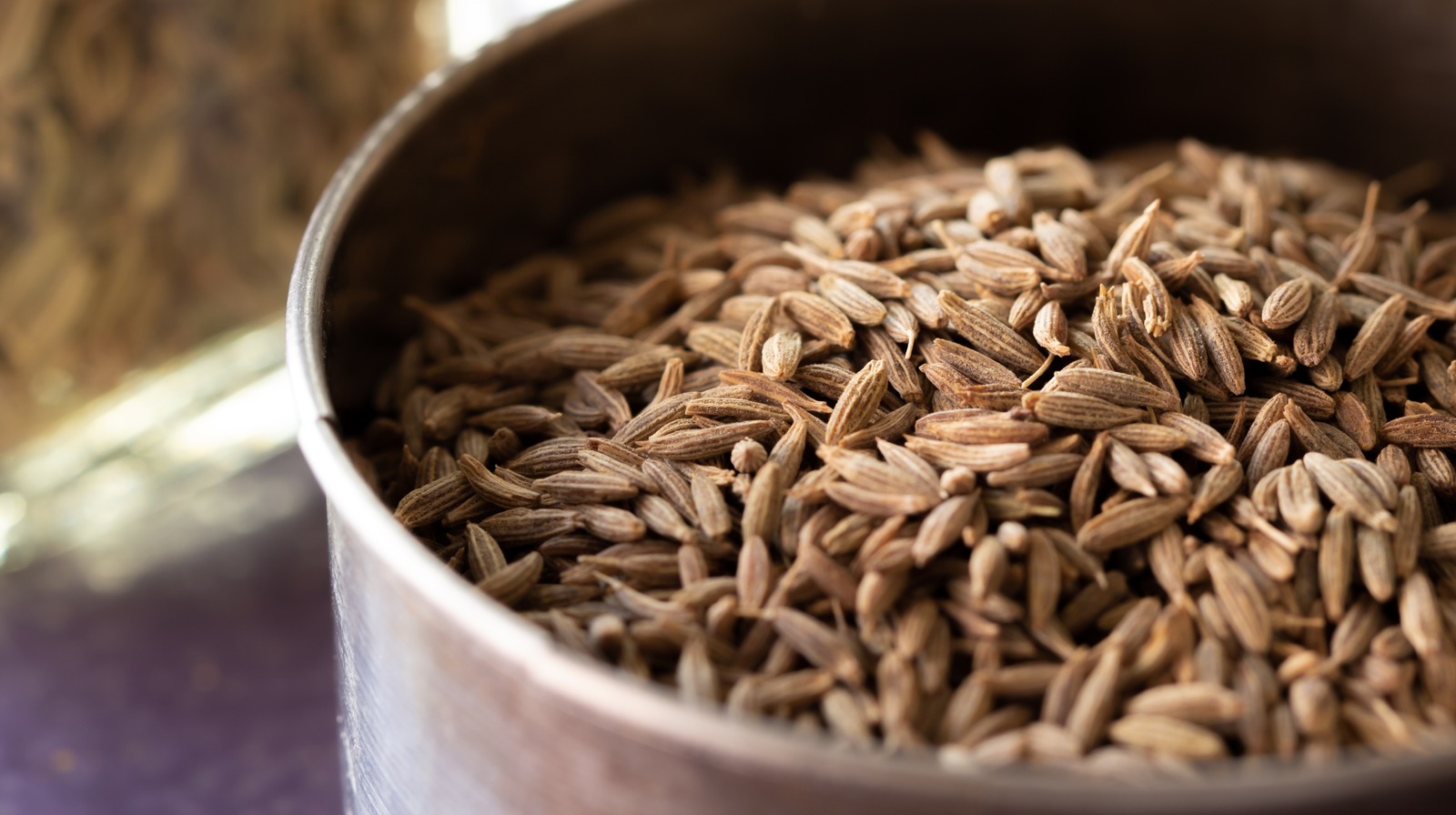
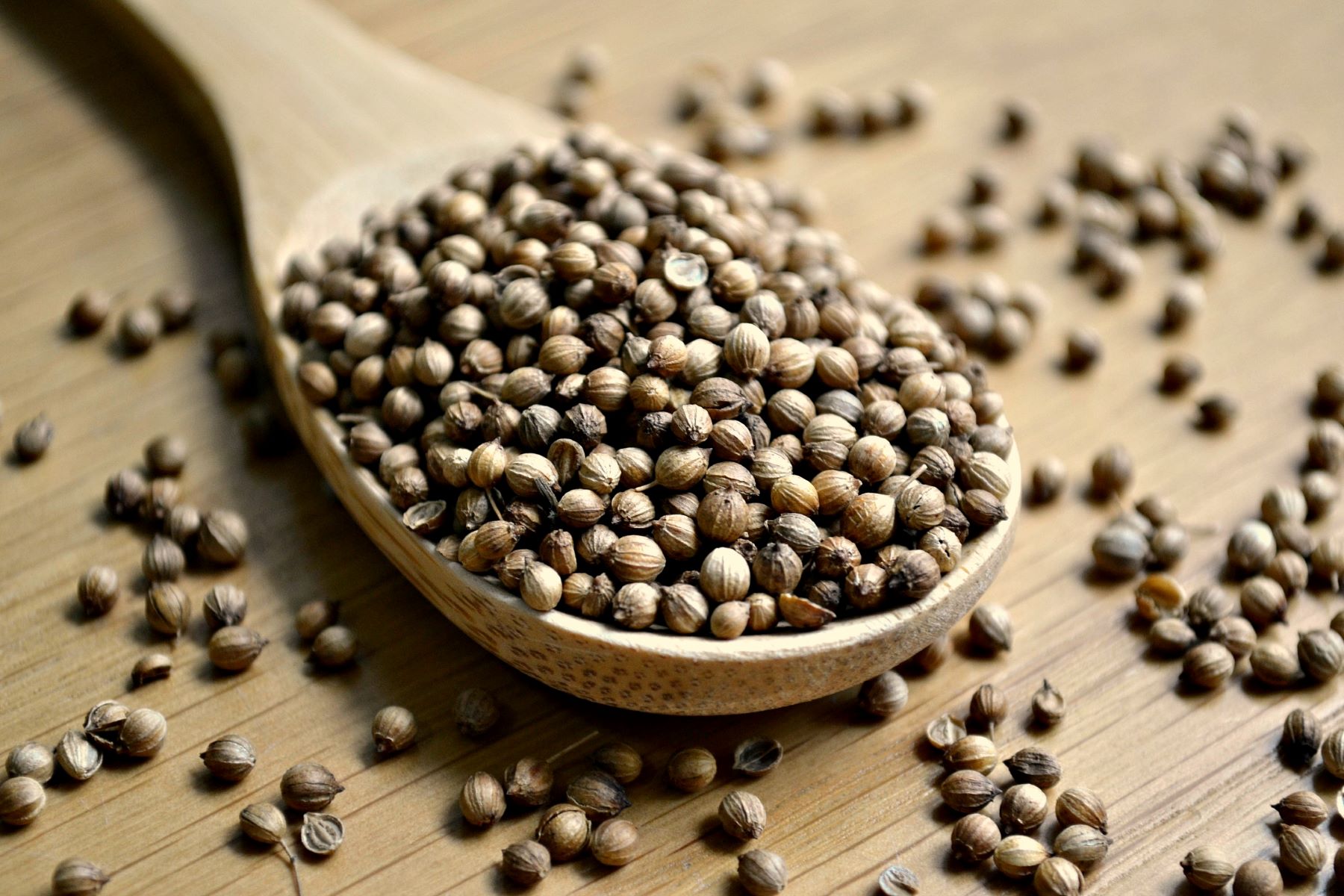
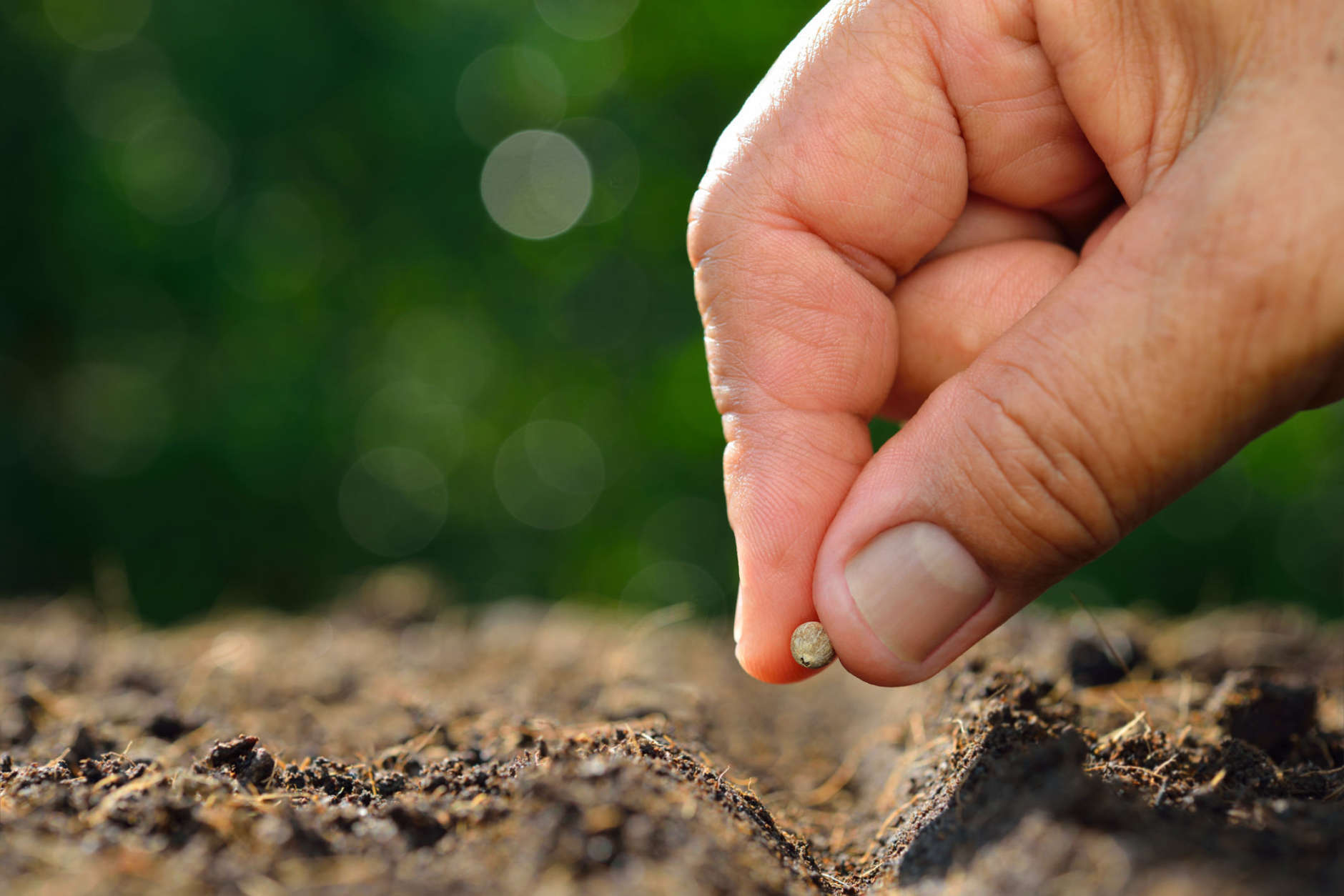
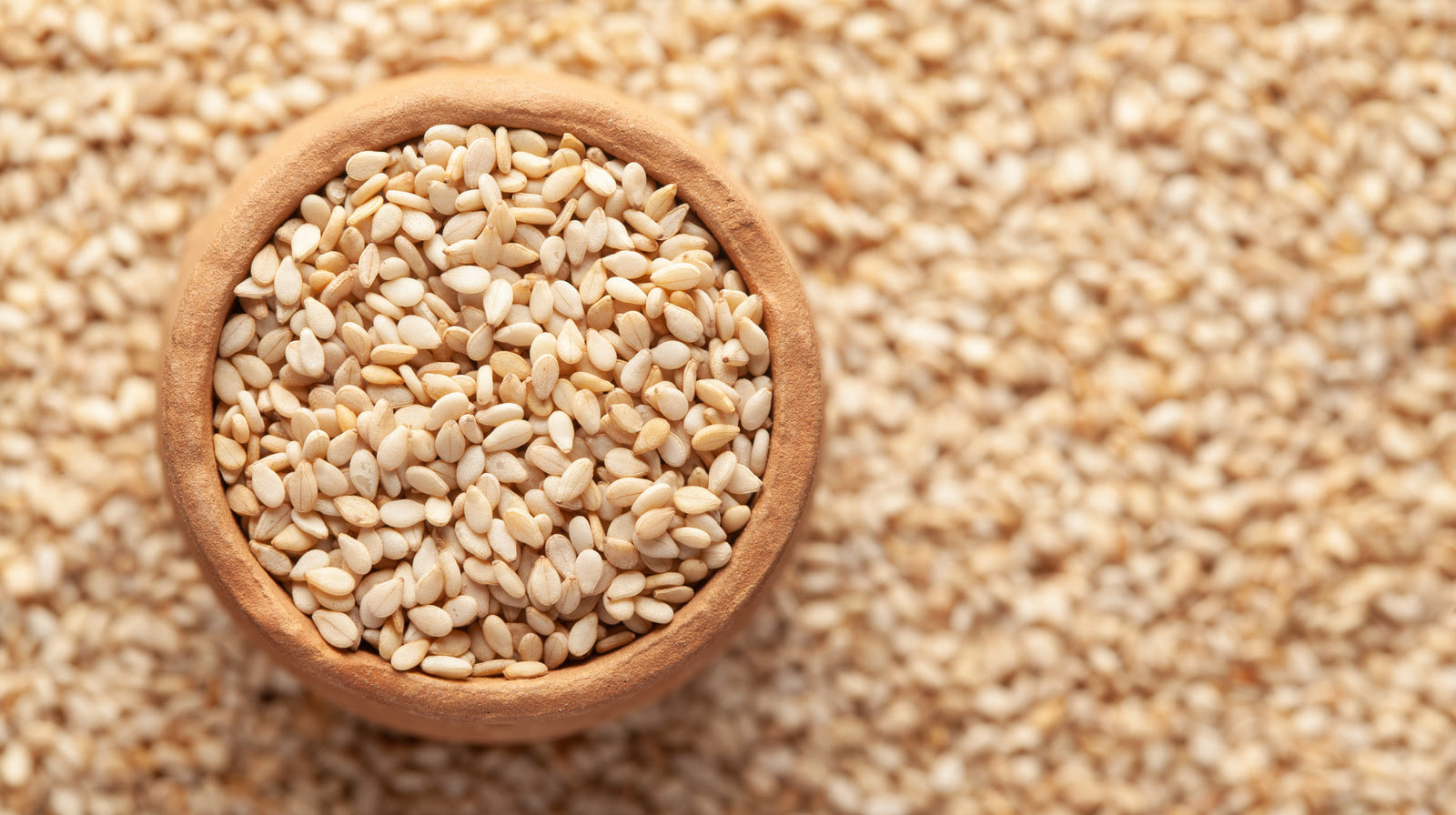

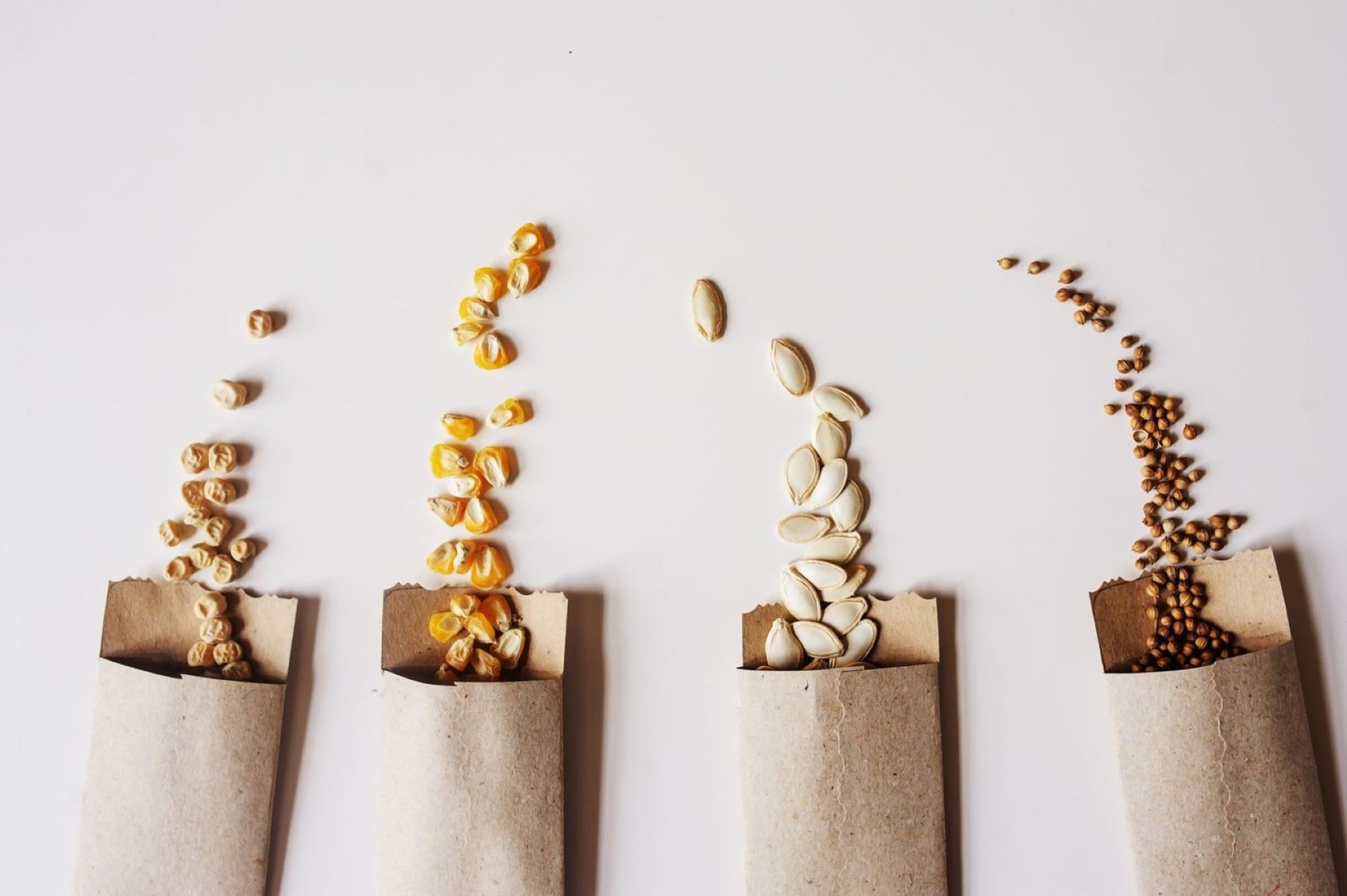
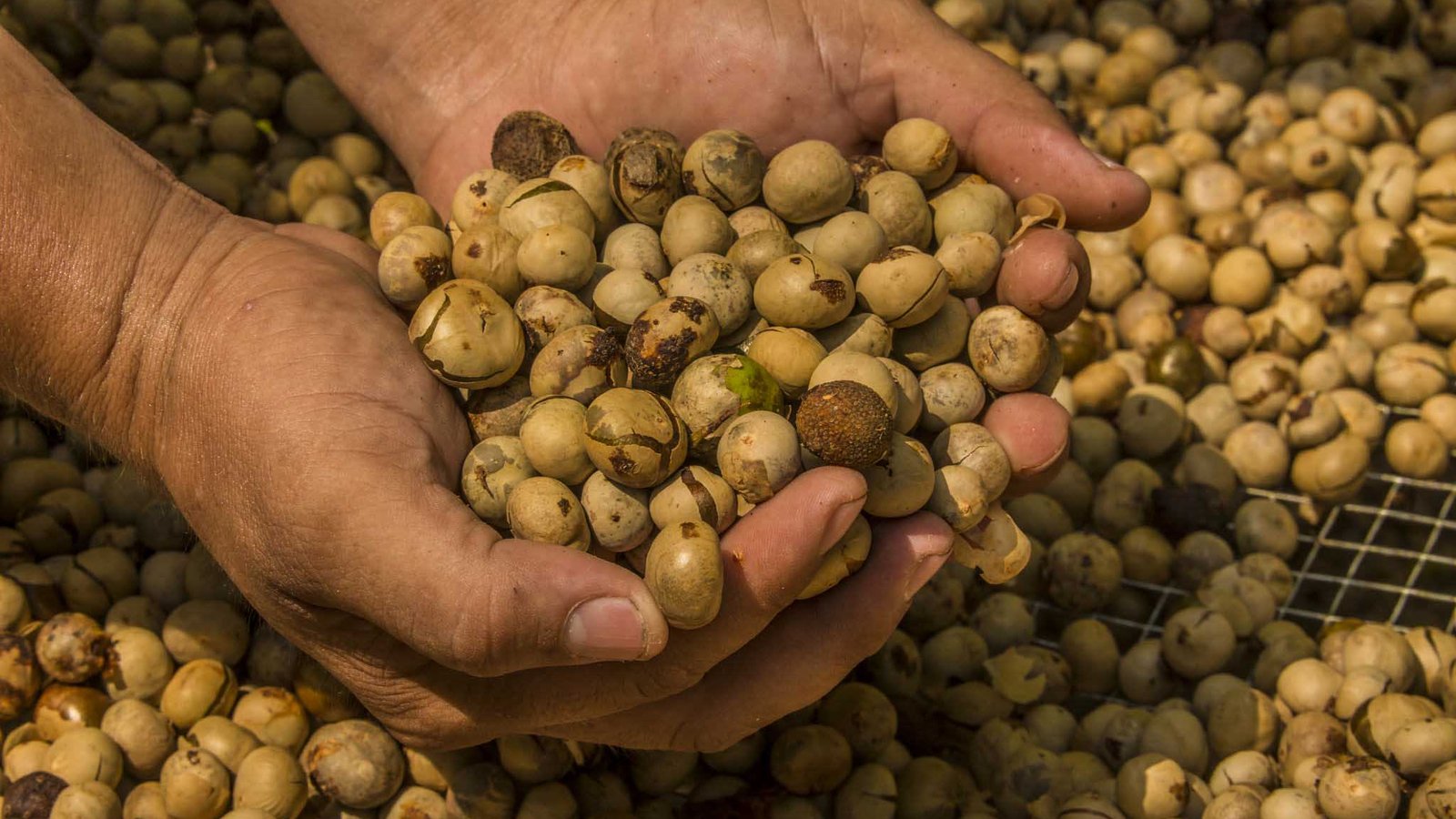

0 thoughts on “What Is A Seed?”